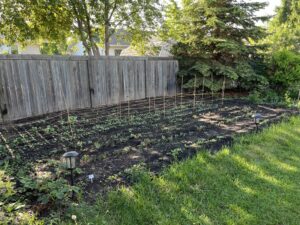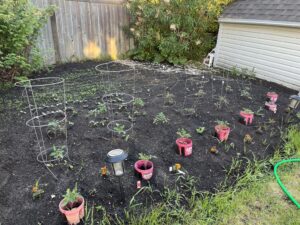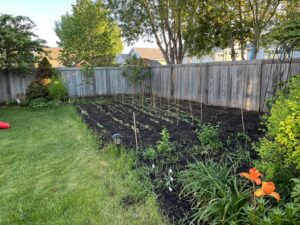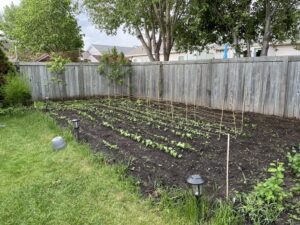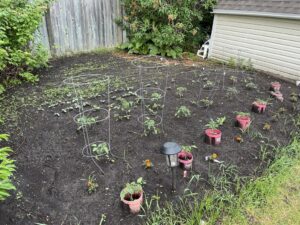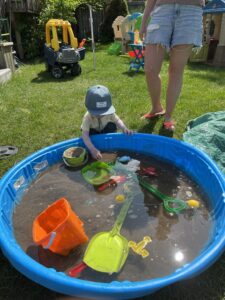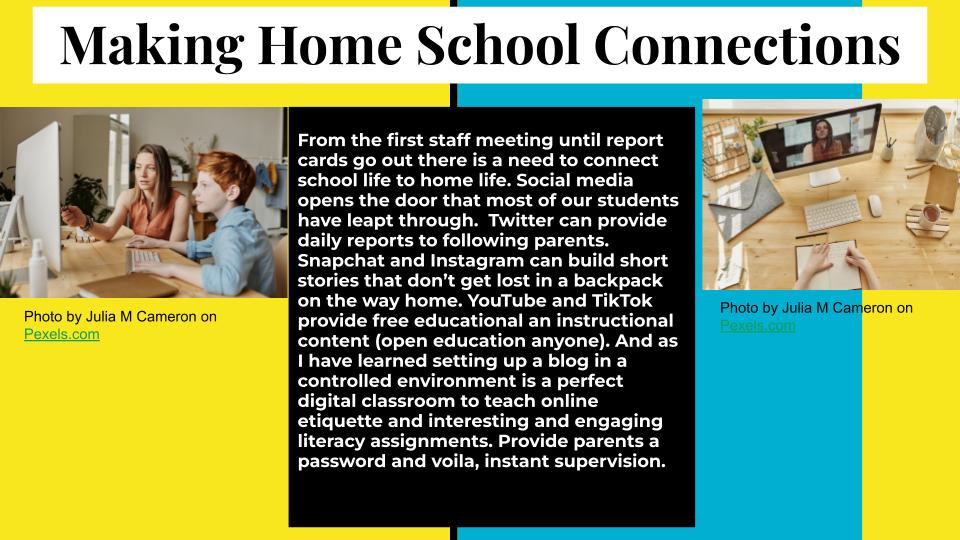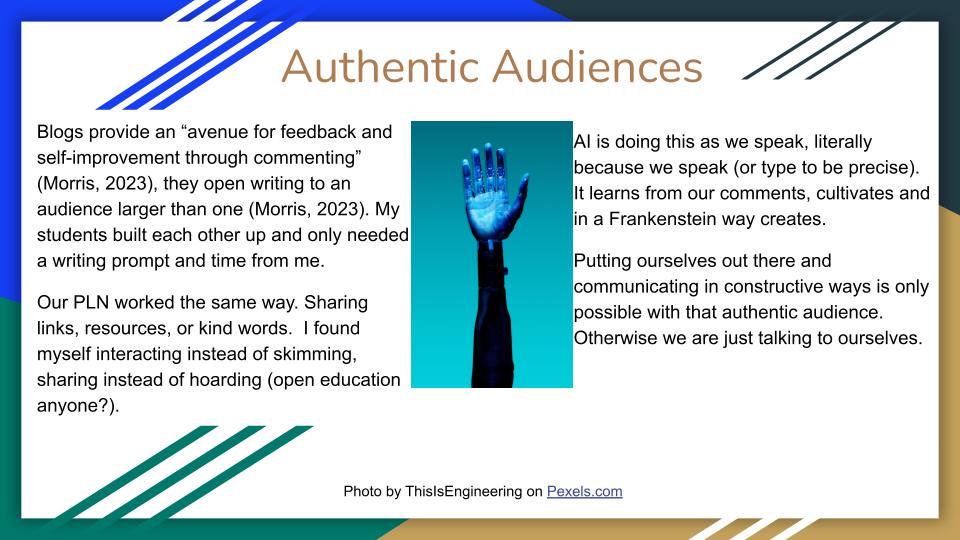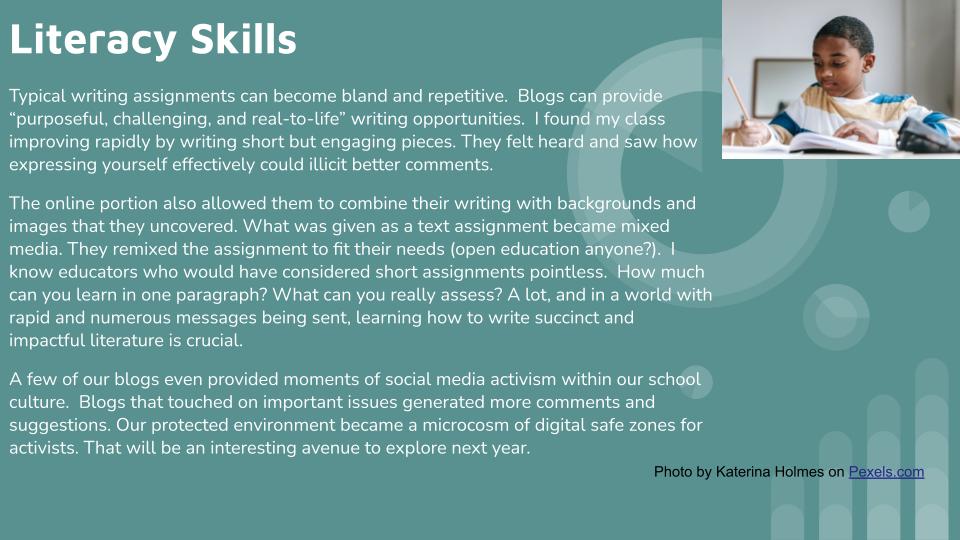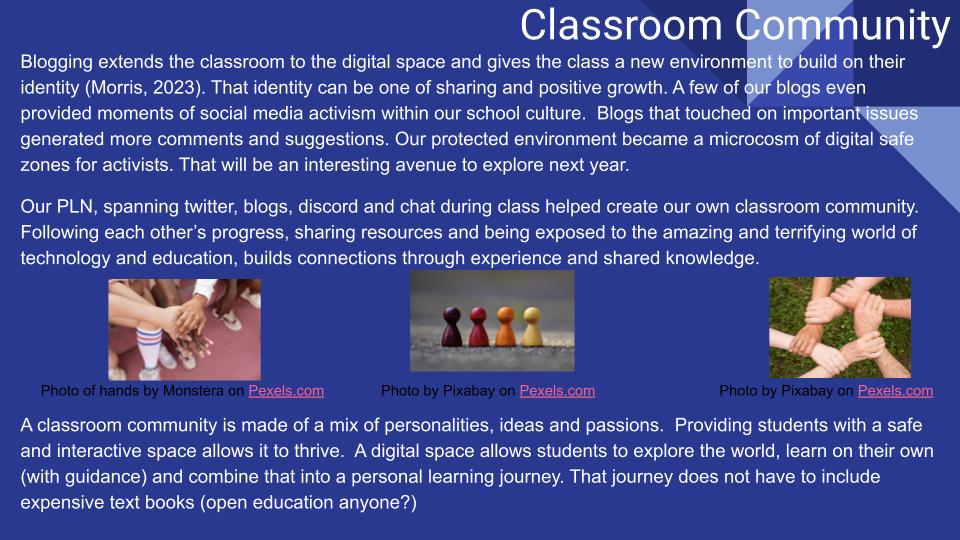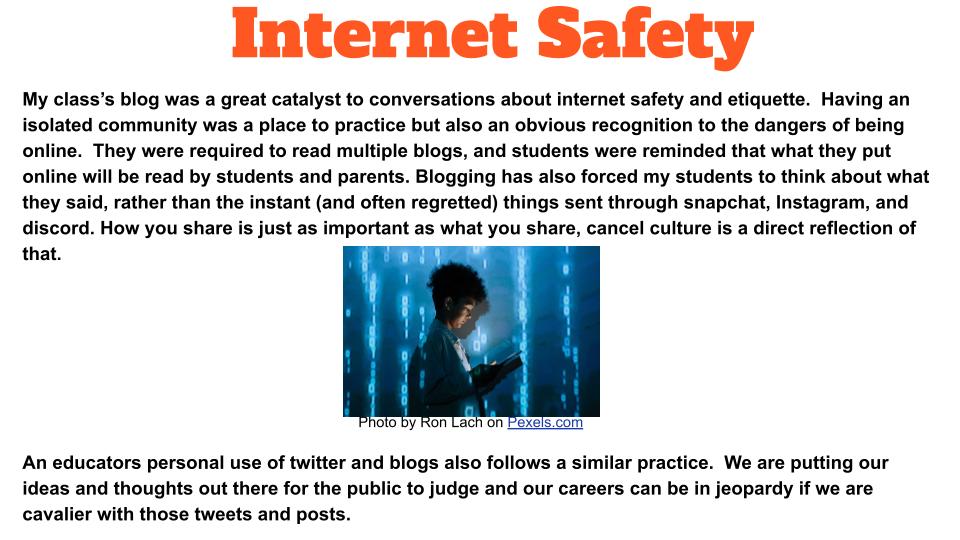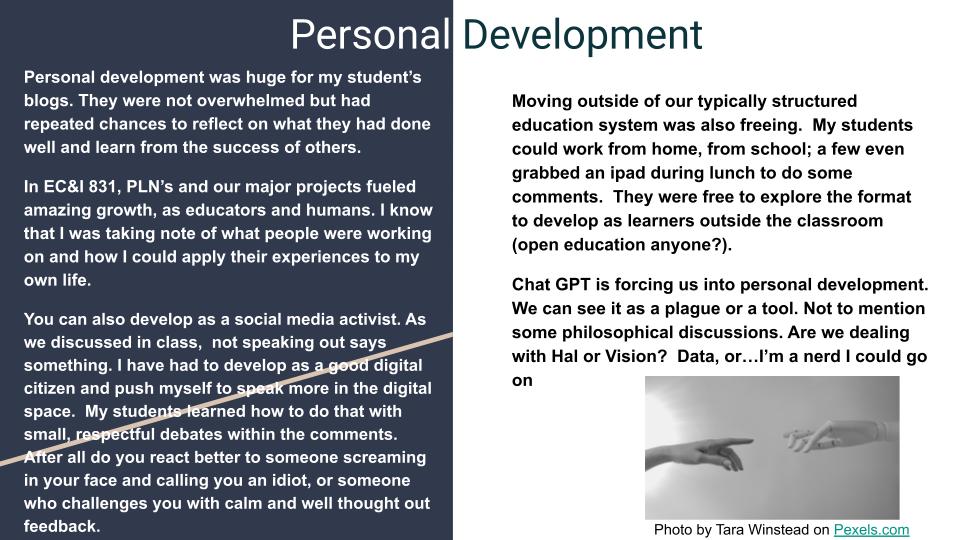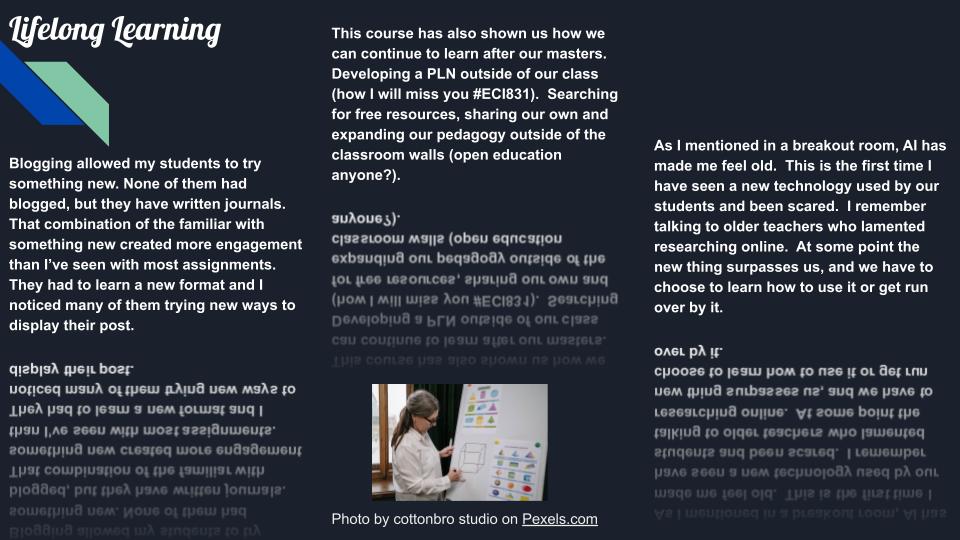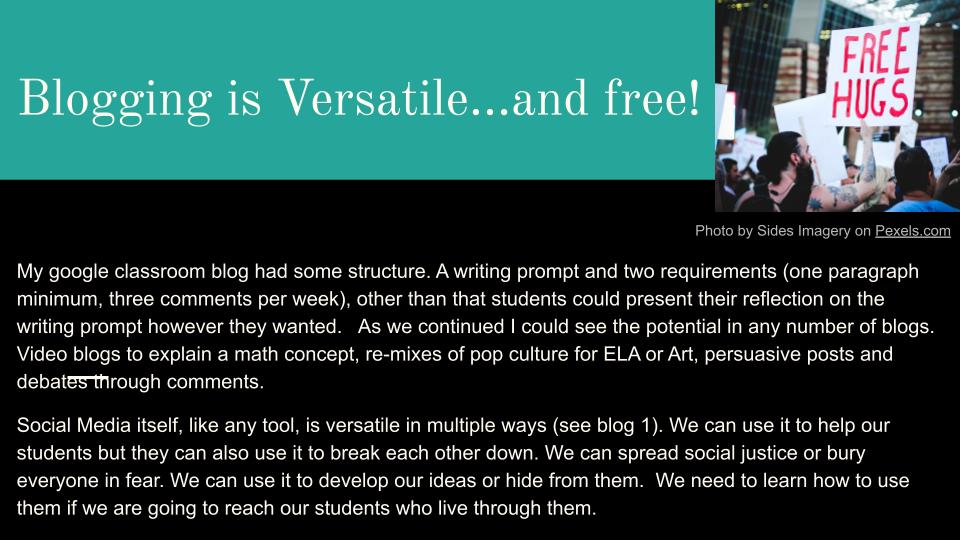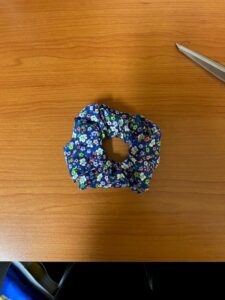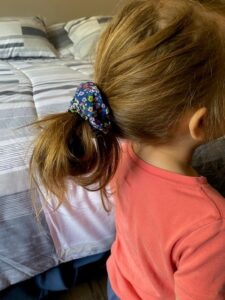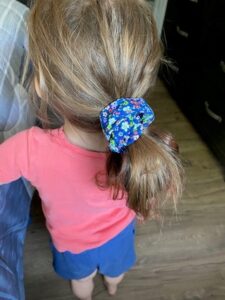As this spring term’s EC&I 831 course draws to an end, I’ve been reflecting on how the parameters of the course shaped my overall direction in planning, organizing, and facilitating growing a backyard garden. It also had me reflect on my comfortability with social media, in general.
First, my thoughts on how this project went. I chose gardening as my focus for a couple reasons. It’s something that I’ve played a minor role in here at home, with my wife and her grandmother doing the vast majority of it. I mentioned in my beginning post that with my wife’s grandmother stepping back, I took this as an opportunity to step in more directly. But I also knew I needed to look at this as something more than just following the directions that have been followed before. I felt this would be a good opportunity to compare what I knew beforehand to what I could gain by maximizing social media tools.
But I’ll admit, I don’t think my social media implementation was as effective or far-ranging as what could have been idealized. I found early on, just in my experience, that Instagram failed me. I don’t have much experience with Instagram to begin with, but I found it lacking when it came to trying to find some semblance of community or previous discussion on the topics I was looking for. It seems more of a show-off space, for lack of a better term, and much of what I found wasn’t very relatable to what I was building. So, scratch this tool off the list.
Twitter surprised me, though again, maybe it’s more my implementation than any shortcomings itself. I used Tweetdeck to try to find related threads or conversations, but many of the results seemed to come from businesses advertising their services, and less in terms of community discussion or collaboration. Again, I’m not prepared to full-on abandon Twitter (I use it for many other things, still, so I know it can be effective), but I don’t think it benefited here as much as it maybe should have.
I tried to avoid using Facebook or YouTube, as these are services I’m most familiar with (Facebook), and might otherwise feel like cheating (YouTube). I found Reddit came to the rescue. I liked that the discussions and conversations are easily findable and are hosted in subreddits that are full of related discussions. Reddit came in clutch, for sure.
Now, reflecting on my own contributions or discussions. I’ll openly state that my own contributions or submissions using social media have not been overly numerous. When it came to questions I had throughout the project, such as the ideal quantity of berry bushes to plant together, or how to generally organize where certain plants should be planted in the garden, I sought out previous conversations, rather than ask my own. My general thinking has been that nothing I’ve been doing throughout this project is particularly novel, so certainly the questions I’m asking have been answered before.
Knowing this, I’m not sure I’m the greatest determiner of the effectiveness of social media in education. I’ve learned a lot throughout this project, and the course in general, and I found every topic interesting and engaging. I’d say the biggest roadblock I had in this project is myself, and my hesitation in maximizing my effective usage of the different social media tools available (for instance, I never created a TikTok account to check things out there).
However, I also know that I’ve opened a door regarding my mindset towards social media in education, and that door won’t be closing with the conclusion of this course. I know there are a plethora of learning opportunities to be found, and I just need to continue nudging myself towards those opportunities. In that sense, I look forward to continuing my own education towards better utilizing these social media tools.
